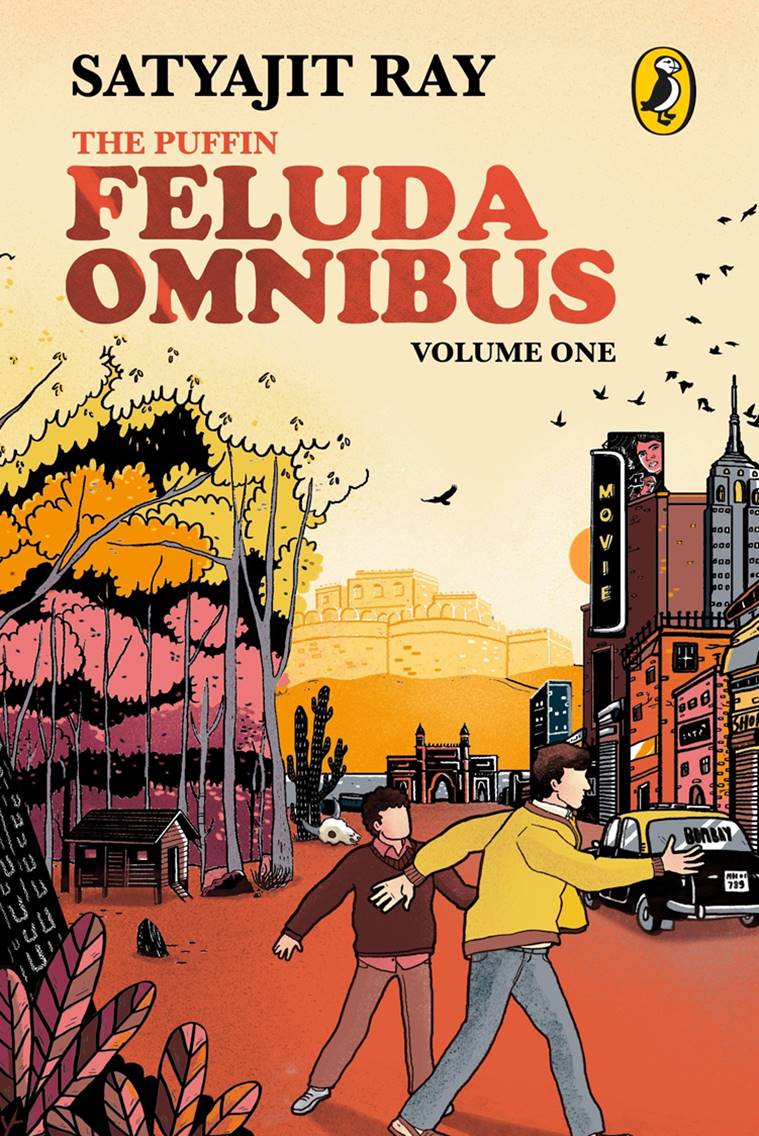

The show was a late expression of the Harlem Renaissance, the flowering of black literature, art, music and performance in New York in the 1920s. This marked his second scene of recognition. Among them was his great female head, Midonz 1937. He caught pleurisy on the way, and when he eventually reached England in October 1941, his health was permanently affected.Ī number of Moody’s carvings were included in the 1939 exhibition Contemporary Negro Art at the Baltimore Museum of Art in the USA, a large survey show organised by the Harmon Foundation. After escaping from Paris he made an arduous journey through occupied France and across the Pyrenees into Spain. The success of his work on the continent encouraged Ronald to move to Paris in the late Thirties, and his life might have turned out very differently if the outbreak of the war in 1939 had not changed everything. Wohin was also seen by Alberto Cavalcanti, the Brazilian documentary film maker, then working in London, who arranged for Moody to have an exhibition in Paris. She was so impressed by Wohin, ‘this enormous, mysterious head’, that she bought it and became close friends with the artist. One of the first to notice him was Marie Seton, the writer and biographer of Sergei Eisenstein and Satyajit Ray. This marked his first episode of success. Thus, without any training or academic background, but with a powerful desire to find his own voice, he produced his first carved head in 1935, in oak, which he called Wohin (Whither), from the title of a Schubert song. Continuing with his dentistry for a while, he taught himself to carve.

He immediately bought some plasticine and began to mould imaginary faces. However, he had one of those road-to-Damascus revelations, brought about by the experience of seeing the room of ancient Egyptian art in the British Museum and knew he wanted to be a sculptor. Bowing to his family’s conventional outlook, Moody opted to study dentistry in London and by the mid-30s he was successfully established with a practice near Oxford Circus.
#ABSTRUCTION BOOK BY SATYAJIT RAY PROFESSIONAL#
Moody was born in 1900 in Kingston into a well-off professional family, and he lived there until he was 23. His life story is woven with a cultural currents that are themselves being brought more and more to light.

Moody’s work was in fact recognised and in demand in at least four ‘moments’ in the art of the 20th century. When work by a neglected artist like Moody is put on show we assume it appeared from nowhere, or from total obscurity. Behind the Tate’s exhibition, and its acquisition of Johanaan for the collection, lie the efforts of a number of people, notably Cynthia Moody, the artist’s niece and trustee of his estate, to re-establish the sculptor’s reputation, and, more broadly than this, to pressurise our national art institutions into recognising that the London art scene has long been a much richer and more diverse phenomenon than they have been prepared to acknowledge. This is the first time that Ronald Moody’s work has been officially recognised as part of the mainstream of British art, although Moody, who was born in Jamaica, spent most of his working life in Britain, up to his death in 1984. The sculpture’s dignified calm and air of permanence is perhaps deceptive. It is now forty years since Wilmer’s picture was taken, and Johanaan is finally on show as the centre piece of a display of Moody’s wood-carvings at Tate Britain. In a striking photograph of 1963, Val Wilmer pictured the sculptor Ronald Moody in his studio in Fulham with this work which he had made almost thirty years earlier. The great head, carved from elm, stares forward as if into remote space. His hands rest lightly on the massive shoulders of his sculpture Johanaan.


 0 kommentar(er)
0 kommentar(er)
